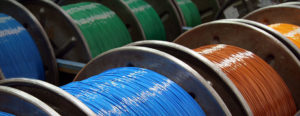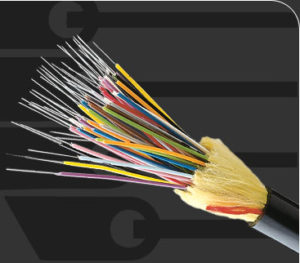Data has been sent via non-electronic means since the advent of communication using light, sound and movement. The first digital transmissions began with telegram in 1809, thus transmitting long distance communications of text or symbols, as opposed to verbal or audio messages. By 1906, the teletypewriter was invented which was used to send and receive typed messages from point to point. By 1940, computer modems were invented to decode transmissions and reproduce the original digital data. Then, by the end of the 1990s, broadband access techniques such as Digital Subscriber Lines (DSL), cable modems, fiber-to-the-Node (FTTN), fiber-to-the-Premise (FTTP), and fiber-to-the-home (FTTH) have become wide speed to small offices and homes. Fiber optic networks are capable of over 100Gbps today, with 400Gbps and 1Tbps in labs testing around the world.

The speed of fiber optic cable is pretty amazing, as well. The most recent study resulted in a connection of 109 terabytes over 100 miles of cable. This was accomplished by bundling 7 fiber optic cores in one wire, with each core transmitting at 15.6 terabytes.
In 2010, mobile data transfers in the US reached 1 exabyte or 1 billion gigabytes. In 2011, global data reached over 1.2 zettabytes or 1 billions terabytes. Predictions say that by 2020, data transfers will exceed 35 billion zettabytes.
In order to meet the growing demands for larger amounts of data and video that today’s internet users demand, the installation of fiber optic cable needs to become a huge priority and RP Companies can help.

Contact RP Companies today to discuss your next telecommunication project.
